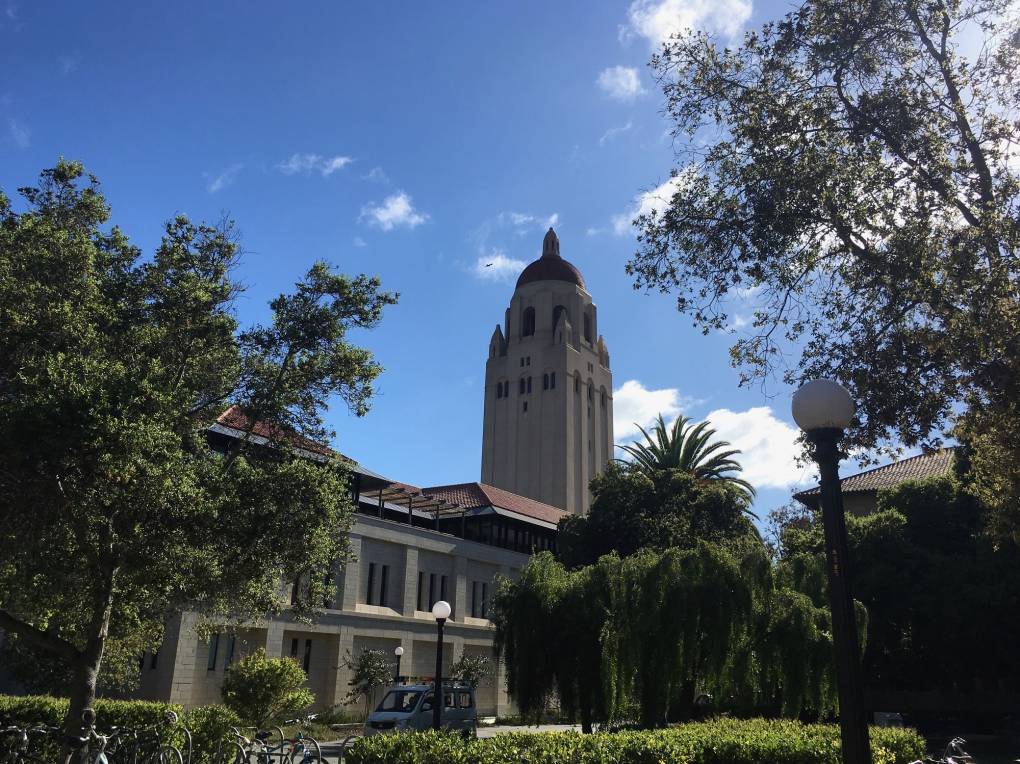The report shows that annual emissions decreased by an average of 2.5% between 2018 and 2022. That number would need to come down to 4% annually to meet California’s 2030 climate targets.
“We absolutely have to reduce emissions by a greater amount between now and 2030, but we’re moving in that direction,” Perry said. “When you take all the climate policies in California and see the progress that we’re making, I think we have a good shot at hitting that.”
Part of this calculation depends on the incoming Trump administration. The federal government sets vehicle emission standards, but the Clean Air Act allows California to put forth its own clean car rules so long as it applies for a waiver from the Environmental Protection Agency. The state expanded how many of these waivers it asked for during the Joe Biden administration.
California has relied on these permissions to enforce its nation-leading clean air and climate rules for decades, but Trump revoked some of these waivers in his first term, and promises to do so again in his second.
One waiver currently under consideration at the EPA would allow the state to mandate that all new passenger cars sold be zero-emission by 2035. Trump has said he wants to block this.
Gov. Gavin Newsom’s office, the California Air Resources Board and the California Energy Commission all did not reply to requests for comment on this report.



